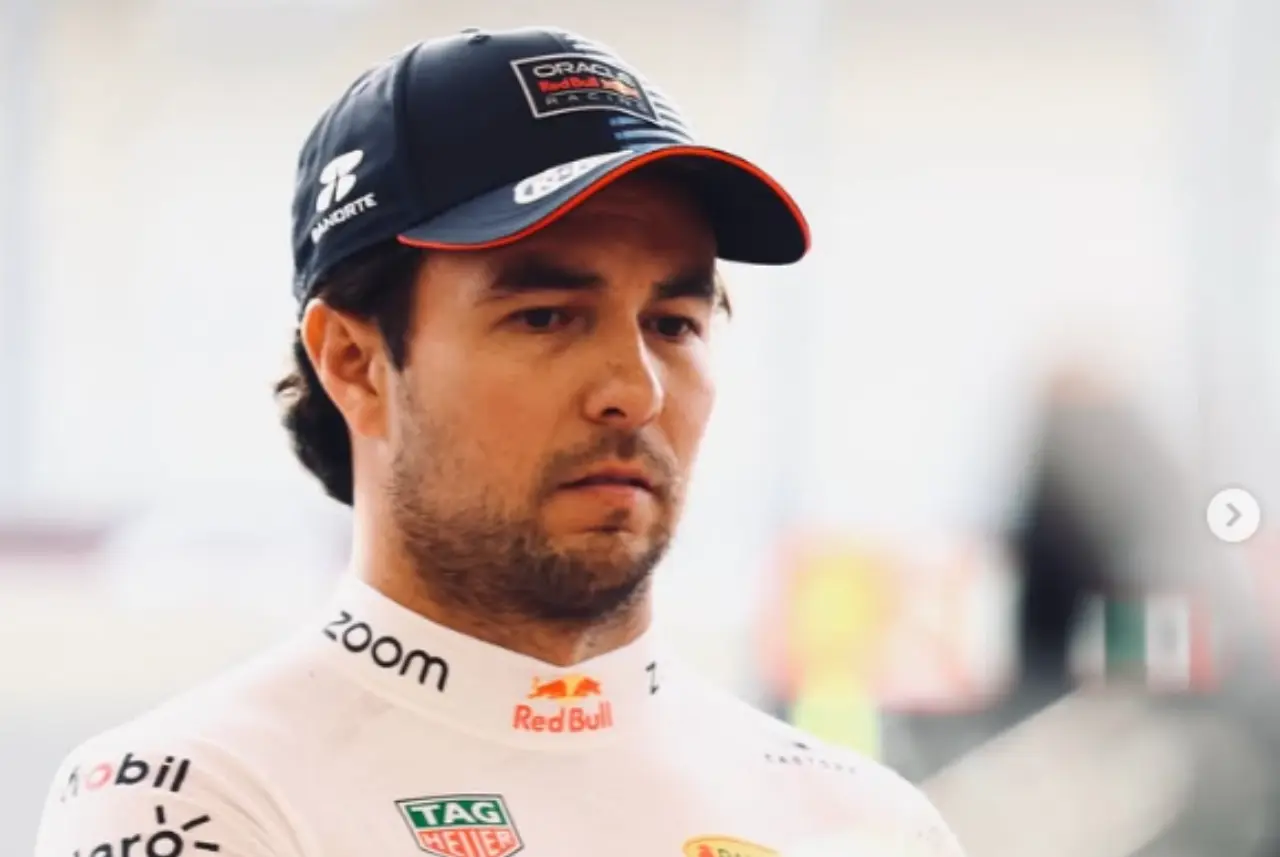
By Emmanuel Gutiérrez. Mexican Press Agency
The return of Sergio “Checo” Pérez to Formula 1 lit up Mexico in the early hours of August 26. The entire country rallied —from social media, newscasts, politicians, artists, media outlets, content creators (including those eager to jump on the bandwagon), and above all, Formula 1 fans— both casual and die-hard.
The charisma of the Guadalajara native is unique. He alone has the power to move a nation and an uncountable mass of F1 fans worldwide. Wherever Pérez raced —be it Monaco, India, Las Vegas, or Brazil— there was always a Mexican in the stands waving the country’s flag.
But beyond being the hottest topic in sports, Pérez’s comeback with Cadillac means an enormous amount of dollars, not just in sponsorships, but also in ticket sales, souvenirs, experiences, and any product that carries his face or name.
Checo’s brand is now the most valuable in Mexican sports—yes, even more than Saúl “Canelo” Álvarez.
Telcel, Kit Kat, Maja, and Patrón are just some of the brands that signed with Pérez even before his Cadillac deal, with more expected to join between now and early 2026, when the new car will be unveiled showcasing all the sponsorships locked in by the team and driver.
The business behind the wheel
There is, however, a budget cap —similar to the NFL’s salary cap— of $150 million per season for teams. This means drivers can no longer “buy a seat” as in previous years, and sponsorships must be accepted strategically. Now, factors such as impact, engagement, and market penetration across age groups will determine which deals truly matter.
Checo’s value goes beyond Mexico and Latin America. In the United States—a key market with a massive Latino community—he’s also a commercial powerhouse. The Grand Prix events in Austin, Miami, and Las Vegas boast huge fan bases that support the Mexican star, making his name, face, and number highly marketable across the U.S.
According to a Nielsen Sports study, Pérez’s popularity boosted the number of Mexican F1 fans by more than 40% when he joined Red Bull Racing in 2021. TV ratings for races in the early hours of the morning improved compared to previous years, proving his presence was a factor. One example: after his crash on the first lap of the 2024 Mexican GP, Fox Sports’ audience numbers dropped by 40%, and the stands at the Autódromo Hermanos Rodríguez lost much of their flair without Checo on the track.
This year, the Mexican GP is sold out—but that’s because ticket sales began long before Pérez’s exit from Red Bull. For the first time in years, tickets were widely available at more accessible prices, a reflection of his absence in an Austrian car.
Mexico’s Minister of Tourism, Josefina Rodríguez, noted that the Mexican GP generates around 19.55 billion pesos (roughly $978 million USD) for Mexico City. Checo’s return raises expectations of reaching that number again.
Checo the brand ambassador
Pérez’s role as a brand ambassador also shows results. When he became the official face of the state of Jalisco in 2022—appearing in promotions and commercials—the investment paid off significantly. “Checo Pérez projected Jalisco and its destinations to the world—Guadalajara, Puerto Vallarta, Costalegre—with his helmet logos, social media presence, and interviews,” said then Secretary of Tourism Vanessa Pérez.
The million-dollar question
One of the great unknowns is Pérez’s salary with Cadillac. While not public, it is expected to range between $12 million and $17 million for his first season, plus incentives tied to driver and constructor championship points, race wins, podiums, and other contractual bonuses.
Yes, Checo’s comeback means Mexico once again has a driver in Formula 1. But more than that, it means big money swirling around his brand. Which is why many are already chanting: “Checo, Checooo… Ra$, Ra$, Ra$!”
Mexican Press Agency is part of ALMA, which is dedicated to news and information about Mexico and Mexicans in the United States and is a fiscally sponsored project of Social Focus, a 501(c)(3) nonprofit organization based in Redwood City, California.